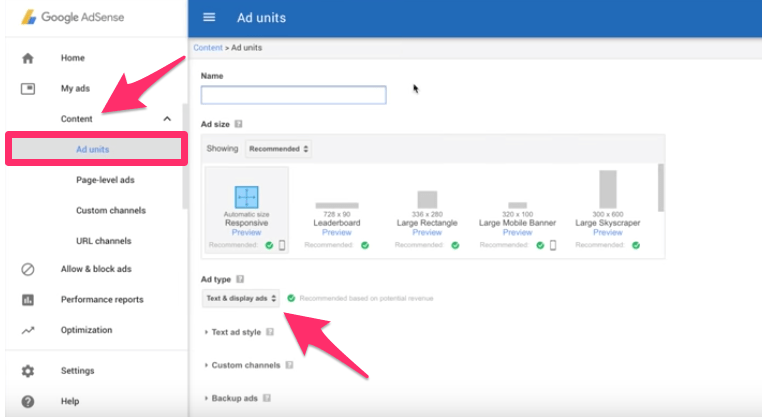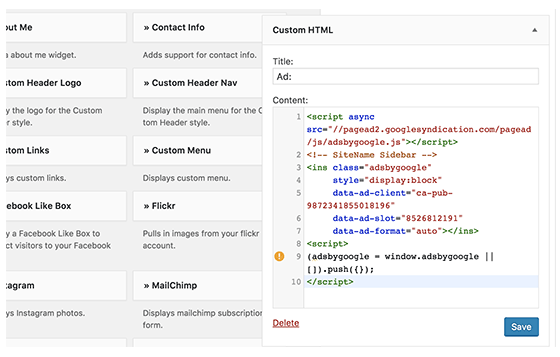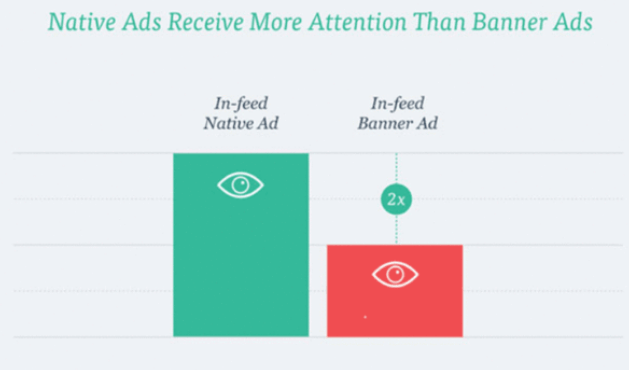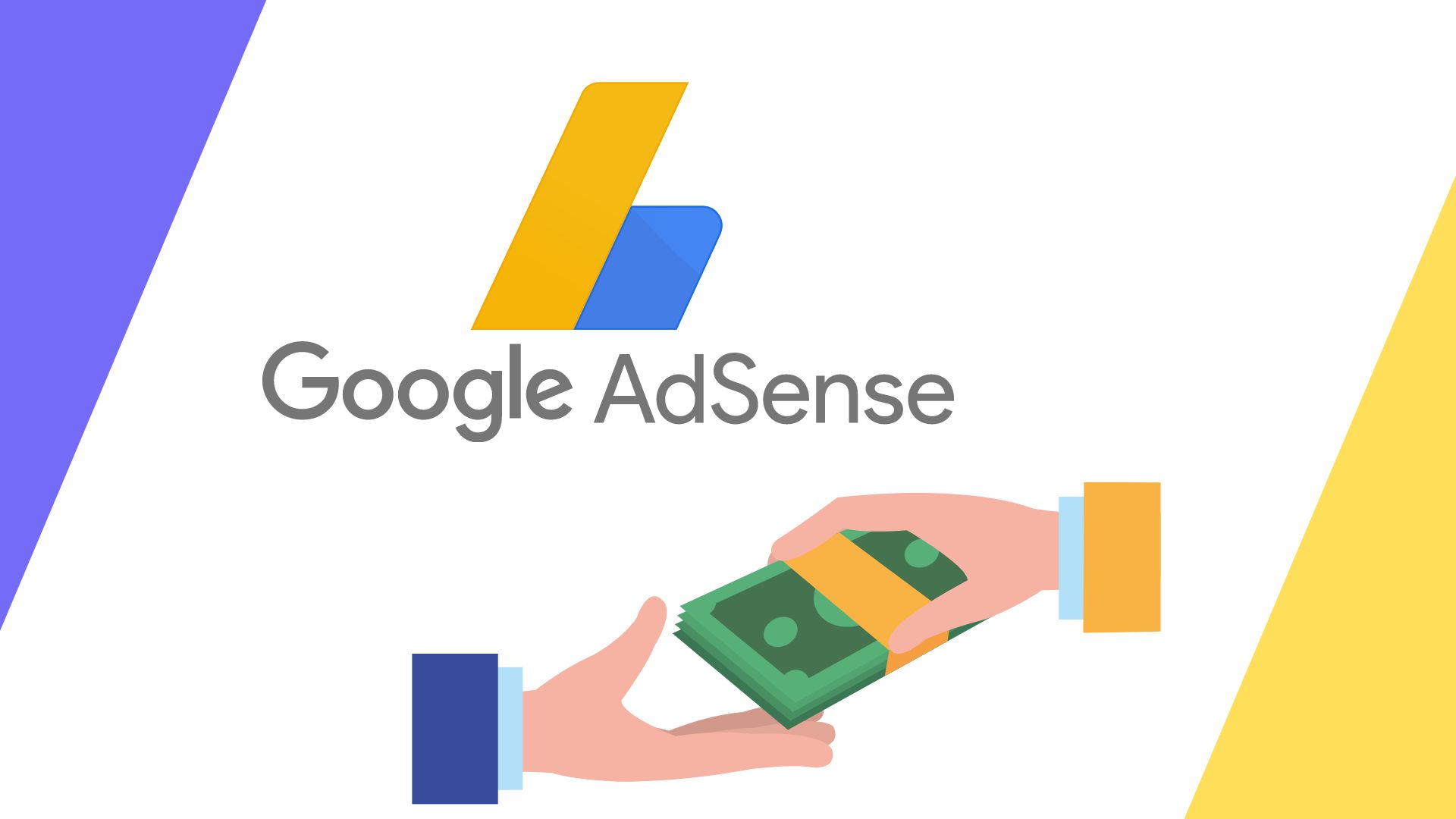You’ve spent countless hours designing and updating your website. But you haven’t been paid for all that hard work.
Google AdSense can help you make money from your website.
What is Google AdSense?
Simply put, AdSense is an advertising network run by Google. It’s a free way for websites to earn money by displaying targeted Google ads on their sites.
The ads come in all shapes and sizes. Your site can display image, video, text and interactive ads as a monetization strategy.
The best thing about Google AdSense (besides the cost – it’s free) is that you don’t have to deal directly with advertisers. Everything is handled on Google’s platform, so you don’t have to worry about collecting money or maintaining relationships when placing ads.
Google does all that for you. Google collects money from advertisers and keeps 32% for its role in facilitating the process, while the remaining 68% is paid to the publisher (you).
You can make money hassle-free by displaying ads on your site.
7 Steps to Add AdSense to Your Website
Believe it or not, it’s actually not that complicated. You can easily install AdSense on your website.
Step 1: Set up your site
You must have an existing website before you can start. You cannot apply for AdSense on a hypothetical or upcoming site. So if you are in the process of creating a new site or have a landing page that is “under construction”, you must first suspend it before applying.
If you are at this stage, I have prepared some guidelines that can help you.
Step 2: Make sure your site is in compliance
Google will not allow just any website to join the program; it must meet the eligibility criteria.
This means that the site must have an easy-to-use navigation. Every element must be organized in an orderly fashion. The text must be legible. All functions of the website must work properly.
AdSense does not work with publishers who sell fake products on their websites; publishers participating in the AdSense program are not allowed to receive traffic from certain sources, such as pay-to-click programs or spam emails.
Google is responsible for advertisers. The company does not want its ads to be associated with certain types of sites, so Google is responsible for checking the content of sites before approving them. The following are examples of content that cannot be included on pages with Google ads.
- Mature or adult content
- Shocking content
- Excessive profanity
- Malware or adware
- Drugs or drug paraphernalia
- Sales of alcohol, tobacco, prescription drugs, weapons, or ammunition
- Illegal activity
- Hateful content or discrimination against religion, race, nationality, sexual orientation, gender, etc.
For the full list, see the Google AdSense eligibility requirements. You must ensure that your site complies with all guidelines before submitting an application, otherwise your application will be rejected.
Step 3: Apply to AdSense
Once your site is up and running, you’re ready to apply for AdSense.
The first thing you need to do is navigate to the Google AdSense website.

From the Home tab, look for the Get started button, and click it to start the application process.
Step 4: Configure your ads
Now it’s up to you to decide what kind of ads you want to display on your site.

On the left side of the dashboard, look for the ‘Content’ option. Click on ‘Content’ and a drop-down menu with some additional options will appear. Here, click on the ‘Ad Units’ menu.
Here, you will be asked to select the ad type, ad size, style and anything else relevant to the ad space the advertiser is bidding for.
When choosing the size, we recommend that you select whichever option Google recommends. While there are several options available, Google makes recommendations based on the most popular sizes for advertisers.
Ad style options allow you to control how text ads appear on your site. The best way to do this is to match the color scheme and style of your website.
Step 5: Copy and paste the AdSense code onto your site
After you’re done configuring your ads, scroll to the bottom of the page.

Click on the “save and get code” button.
Google will automatically generate a code for you to add to your website, which will look something like this.

Next, you’re going to copy and paste this code to your website. If you’re using WordPress, you can do this by using widgets.
From the administrative dashboard, go to Appearance and find Widgets.
Paste the custom AdSense URL, then you and just drag and drop the code into the widget area where you want it displayed on your website.

Step 6: Update your privacy policy
If you have AdSense enabled, you must include a privacy policy on your website. This is to inform your website visitors that the ad network is displaying ads on your website.
Here’s the full Google resource for required content in your privacy policy.
Step 7: Verify your address
Once you start earning revenue from Google AdSense, Google will send you a postcard in the mail. Before you can withdraw your earnings, you need to make sure your address has been verified.
The card contains a PIN that is linked to your AdSense account. Follow the instructions on the card to validate your PIN online.
Once your PIN and address are verified, you’ll be able to redeem your earnings when your account reaches the designated payment limit.
How AdSense works
AdSense is based on a bidding system known as “ad auction”.
Advertisers decide how much they are willing to pay to have their ads displayed by setting a maximum bid price; Google automatically connects advertisers with publishers whose users are relevant to their ads.
For example, if you maintain a blog for new mothers on how to survive during the first pregnancy, your site visitors will not see ads related to skateboarding, which is targeted at teenage boys.
If more advertisers submit bids to appear on your site, your own bids will increase to stay competitive. In this case, you will earn more money as a publisher.
Google uses a tool called Ad Rank to determine which ads appear on your site. This is the basic formula used by Ad Rank.

The quality score is very important and therefore carries the same weight as the amount of the bid. Quality score is measured by predicted click-through rates based on past performance and other relevant factors such as keywords.
This means that if the quality score is high, an ad with a lower bid is likely to win, even if another advertiser has a higher bid.
This is because Google wants the ad to be clicked, which is a win-win scenario for your site, the advertiser and Google.
Getting paid with AdSense (bid types)
Website owners get paid based on various bid types for the ads they display.
- CPC (cost per click)
- CPM (cost per thousand impressions)
- Active View CPM (active view cost per thousand impressions)
- CPE (cost per engagemen
CPC
The CPC monetization strategy allows you to get paid every time a site visitor clicks on an ad that appears on your site. Depending on the content of the ad, some advertisers pay higher rates for clicks.
CPM
In the world of advertising, the “M” in CPM stands for mille, which is Latin for thousand. In other words, Cost per thousand – which is the cost per 1,000 impressions. In this case, the publisher gets paid for displaying the ad, regardless of whether the user clicks on it or not.
CPM generally has a lower bid than CPC, as the fee structure does not require the user to take an action – Google will display the type of ad (CPM or CPC) that is expected to generate more revenue for the publisher, which is in Google’s interest as Google accounts for 32% of the revenue.
Active View CPM
In order for a CPM Active Display ad to be paid, the impression must be measured as “viewed”. This means that at least 50% of the ad must appear on the screen for at least one second.
This bid is higher than traditional CPM bids because site visitors are more likely to actually see the ad.
CPE
The cost per engagement is based on how actively the user responds to the ad. For example, an advertiser decides to place a lightbox ad. A lightbox ad is a scalable format that takes up most of the screen when clicked. When a site visitor hovers the mouse over a lightbox ad for more than two seconds, the ad expands. This is the kind of engagement required for CPE payment.
Google AdSense best practices
Once you’ve installed AdSense on your site, you want to make sure you’re getting the most out of it as a publisher – there are a few things to keep in mind when it comes to AdSense.
By following these best practices, you can make more money and reduce your chances of violating Google’s policies.
Never click on your own ads
AdSense relies on clicks and other forms of engagement, so clicking on ads on your site is considered cheating. It is important not to allow your family members to click on ads.
If you live together, Google can’t tell if it’s you or your partner. If they see clicks from your home on ads on your site, they may remove you from the AdSense program.
Don’t display ads on your ecommerce site
This isn’t against Google policy, but it’s not in your best interest to increase conversions on your site. Remember, AdSense is relevance based. Therefore, it is possible (and likely) that your competitor’s ad will appear on your site.
In this case, you may be directing visitors from your website to a competitor’s website. What you get paid for showing your ad is not worth the lost sales. Plus, ads can distract users from your CTAs and sales copy, even if they have nothing to do with your competitors.
Therefore, I would not recommend AdSense to sites selling products or services.
Run different ad units
Everyone has different preferences. Different website visitors may be attracted to different styles and types of ads displayed on your website.
If you run the same ad unit over and over again, you could lose some money. Let’s say you’re currently only running text and display ad units. As a publisher, you may be able to make more money by operating native ads.

But you won’t know this for certain until you experiment with different ad units.
Find the best placement
In addition to experimenting with ad units, you should also test different areas of your website to display your ads. Don’t assume that the first place you place your ad is the best.
I’d recommend checking out Google’s best practices for ad placements based on the type of website you have. They have different suggestions for:
- Blogs
- Gaming sites
- News sites
- Travel sites
- Sports sites
- Classifieds
- Forums
It’s also a good idea to check out some of the most popular and successful sites in your industry. Check out their ad placements. If you notice a general formula, you can also try to replicate it.
Create content and drive traffic
AdSense is not a panacea for making money from your website. It depends 100% on your website traffic. Therefore, you must constantly create new content and find ways to attract more people to your website.
The higher the traffic, the more likely they are to see, click and be interested in your ads.
Once you add AdSense to your site, you can’t just let it run automatically. You need to keep doing all the things that are beneficial to people visiting your site. This will be the best way to make money.
In sum: It’s easy to add AdSense to your website
That’s all. In just seven steps you can add Google AdSense to your website.
I recommend AdSense for all websites that don’t yet sell a product or service. There are many other ad networks out there, but Google is arguably the most reliable; AdSense is free for publishers, so it can’t hurt to give it a try.
If you’re ready to set up AdSense, this guide will help you get started. Follow the seven-step guide and your site will be making money from ads in no time.





Hi there everyone, it’s my first go to see at this website, and post is truly fruitful designed for
me, keep up posting these posts.
I pay a quick visit each day some web sites and sites
to read posts, but this weblog presents quality based posts.
you are truly a just right webmaster. The web site loading
speed is amazing. It seems that you are doing any unique trick.
Also, The contents are masterpiece. you have done a great task on this subject!
Things are going swimmingly.